Last week, I was having lunch IRL with some colleagues, and we ended up talking about our previous jobs. It made me remember when I worked as a Learning Designer for a large UK retailer designing staff apps. A time when I regularly visited shops to talk to staff, learn from them and observe how they used the learning website I was working on. It was fun but also soul-destroying, especially when the staff didn’t care much about the learning website you spent hours crafting and refining.
This year, I worked again on staff apps, and the same pattern appeared. So I’d love to explore it with you today - the title might have given it away… let’s get into it.

Magda Archer
Usability vs aesthetics
As designers, we're all guilty of obsessing over creating stunning interfaces, slick interactions, and perfect icons, believing that's the key to a great user experience. However, I learned from field studies when designing staff apps that most users don't care about how your app looks; they just want it to get the job done, no matter the visual design.
One of my memorable experiences was working on a learning portal for a large UK retailer. The goal was to streamline staff onboarding and training. However, when I went into the shops, I observed that the computer to access the learning content was placed in inconvenient spots, making it challenging to access the web portal. Customers constantly interrupted the few learning moments available; time was a luxury! Also, talking to the staff, I realised they couldn't care less about the beautifully crafted interface or the meticulously designed interactions. They just wanted to get things done quickly, finish their shifts and head home.
The same story repeated itself in my current job. I have created apps for warehouse staff and realised that the beautiful interactions and iconography I designed weren’t really needed. Staff barely looked at the screen whilst using the app. The most important thing was for the app to be fast in completing tasks, so any second wasted on animation or loading any image would have created great frustration.
Watching people using the app in context allowed me to understand users more and create designs that seamlessly integrated into their workflow, making their lives easier.
Focussing on tasks
I realised that the focus needed to shift. Design isn’t about aesthetics but creating an experience that aligns with the user's goals, allowing them to complete tasks quickly and effortlessly.
For instance, we transformed lengthy learning modules into bite-sized pieces, accommodating the hectic schedules of busy shops. We minimised unnecessary tests, understanding that nobody enjoys them. We did a very similar job for warehouse staff and reduced interactions in the app to a minimum prioritising speed for the parcel sorting process.
This is not about losing our craft; it's about channelling our creativity into solving real problems, and everything we create on the screen should be essential for users to complete their main tasks. Sometimes, the less people use our app, the better, and that’s fine.
- Focus on the user's goals and needs. Who are your users? What are they trying to accomplish?
- Design for efficiency. Ensure tasks can be completed quickly, and ask yourself if any interaction of visuals helps users’ completion speed.
- Minimise friction. Remove any unnecessary steps or distractions that could hinder the user's progress.
- Gather user feedback. Observe how people use the app and ask for feedback to identify improvement areas.
